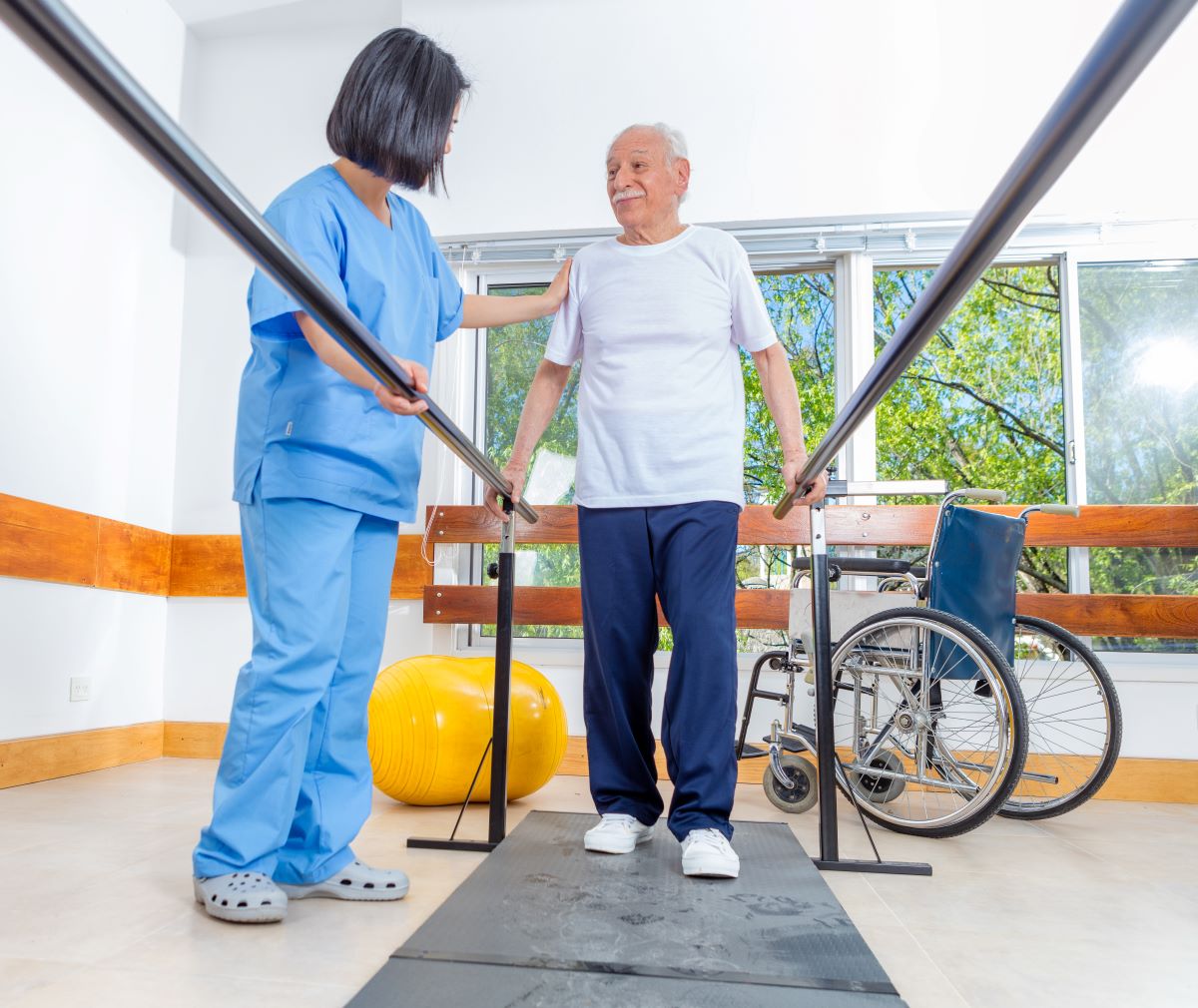What Is a Healthcare Ombudsman? Hawaii Guide for Facilities

Elderly patients living in long-term care facilities are vulnerable to abuse, neglect, and poor quality of care. Healthcare administrators strive to provide a warm and home-like environment for these individuals, but oversight is needed to ensure care strategies are safe and appropriate.
Facility leaders can enhance their patients’ quality of life by partnering with a long-term care ombudsman. Hawaii’s state ombudsman program not only provides advocacy networks for patients and their families, but also helps educate and supply resources to healthcare staff.
Teaming up with health ombudsmen can improve regulatory compliance and ensure the focused attention and respect patients deserve. In this guide, we provide an overview of the Hawaii health ombudsman program and give tips for facilities looking to partner with their local ombudsman to improve health outcomes.
What Is the Hawaii Long-Term Care Ombudsman Program?
The Long-Term Care (LTC) Ombudsman Program was created under the Older Americans Act to help protect elderly patients living in residential healthcare facilities. The federal LTC Ombudsman Program requires each state to build its own ombudsman team to assist residents in living happier and healthier lives.
The main purpose of the Hawaii health ombudsman program is to provide care oversight in facilities like:
- Nursing homes
- Hospice centers
- Adult day care
- Assisted living facilities
- Adult foster care homes
State representatives called health ombudsmen advocate for the needs of each long-term care facility resident. Their primary function is to investigate care complaints made by (or on behalf of) patients and monitor facilities for instances of abuse, neglect, and exploitation.
Elderly patients without support systems are especially vulnerable to abuse, especially in small facilities like total-care centers and unlicensed care homes. Hawaiian ombudsmen work to provide oversight in all long-term care facilities and advocate for safe and compassionate care.
What Is the Role of a State Healthcare Ombudsman?
Hawaii enlists paid employees and volunteers across the state to serve as health ombudsmen. Patient needs are the priority of a Hawaii state ombudsman, meaning that these advocates represent healthcare residents and don’t serve any regulatory or oversight agencies.
The state ombudsman program is managed by the Hawaii Department of Health. Complaints are filed by patients or their families in various ways, via online form submission, phone calls, and face-to-face during ombudsman site visits.
Ombudsmen don’t provide direct patient care, but represent long-term care facility residents who may feel alienated or ignored. In addition to addressing care complaints, ombudsmen provide the following services to patients and healthcare staff:
- Investigating care facility complaints like abuse, neglect, and exploitation and developing solutions to improve treatments and services
- Making site visits routinely and after a care complaint has been filed
- Serving as a liaison for patients and their families to address grievances like poor quality or choice of food and inappropriate discharge or eviction
- Educating patients and staff on legal policies and suggesting changes to regulatory agencies when appropriate
- Advocating for patient rights at the local, state, and federal levels
- Building a culture of patient-centered care in long-term care facilities
- Helping patients and their loved ones choose a care facility that offers a suitable level of assistance that meets the patient’s unique needs
Who Does a Hawaii Ombudsman Work With?
While serving patient needs, ombudsmen work with the following individuals to address care deficiencies:
- Healthcare residents and their families
- Government personnel and agency representatives
- Community members who want to get more involved in advocating for patient rights
- Healthcare clinical staff and administrators
Ombudsmen make it clear that elderly patients are their primary concern; however, partnering with facility staff like nurses, therapists, dieticians, and clinical managers helps ensure that everyone is clear on care expectations. Incorporating patient advocates into your organization’s multidisciplinary team can show that you prioritize patient wants and needs over cutting facility costs.
By teaming up with their state health ombudsman, Hawaii healthcare facilities can prevent small issues from becoming larger problems. Below, we explain a few ways to work with your state ombudsman and get the most out of each site visit.
Who Is Your Ombudsman? Hawaii Contact Information
Whether you’re a facility leader who wants regulatory guidance or someone who’s concerned about a resident’s rights, you can reach out to the Hawaii ombudsman for help. The easiest way to reach the office is by phone, email, or mail, which is outlined in the table below.
|
|
|
|---|---|
| Ombudsman | Robin K. Matsunaga |
| Phone Number | (808) 587-0770 |
| Mailing Address | Office of the Ombudsman
465 South King Street, 4th Floor Honolulu, Hawaii 96813 |
| complaints@ombudsman.hawaii.gov | |
| Website | https://www.ombudsman.hawaii.gov/ |
How Can Facilities Improve Care by Partnering With a Healthcare Ombudsman?
It’s important to remember that the Hawaii Long-Term Care Ombudsman Program was designed to help facilities improve so that residents receive the best possible care. Collaborating with state representatives can alleviate staff burdens and make regulatory oversight seem less punitive and more constructive. Here are three tips to ensure that your facility is ready to partner with a long-term care ombudsman:
1. Educate Patients and Staff on the Role of the Long-Term Care Ombudsman
Hawaii facilities should teach new employees about the state ombudsman program and re-orient staff to updated content at annual education sessions. Distribute ombudsman resources and display program information in public places to keep individuals familiar with program services.
Inform healthcare staff, residents, and their families that anyone with questions or concerns can reach out to the Hawaii ombudsman office. Complaints and suggestions can be communicated by calling the Hawaii ombudsman phone number: (888) 229-2231.
2. Prepare for Ombudsman Site Visits
Review Hawaii long-term care rules and regulations to verify that your facility is providing the best possible treatment. Allow staff to reference care protocols online and keep hard copies in administrative offices in the event of an ombudsman visit. By helping your team prepare for these visits, you can help your facility avoid legal scrutiny and hefty fines.
3. Be Receptive to Feedback and Implement Suggested Changes
If a care issue is identified, meet with your team to discuss concerns and find ways to improve. Promptly addressing problems and building solutions can help resolve the complaint before a formal grievance has been filed.
Discover More Ways to Optimize Health Outcomes for Long-Term Care Facility Residents
By partnering with a state ombudsman, Hawaii long-term care facilities can help ensure residents get the high-quality care they deserve. Healthcare staff across the nation can get more tips and tricks for improving health outcomes and regulatory compliance by following along in IntelyCare’s free newsletter.

